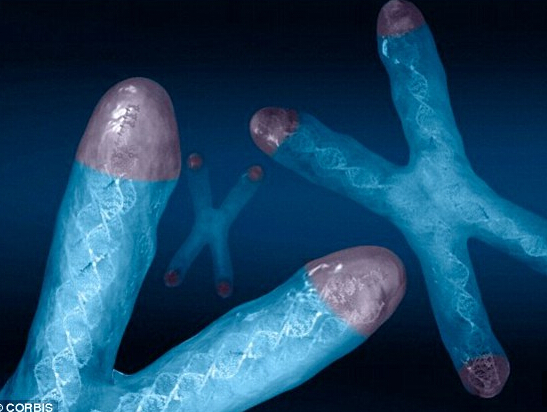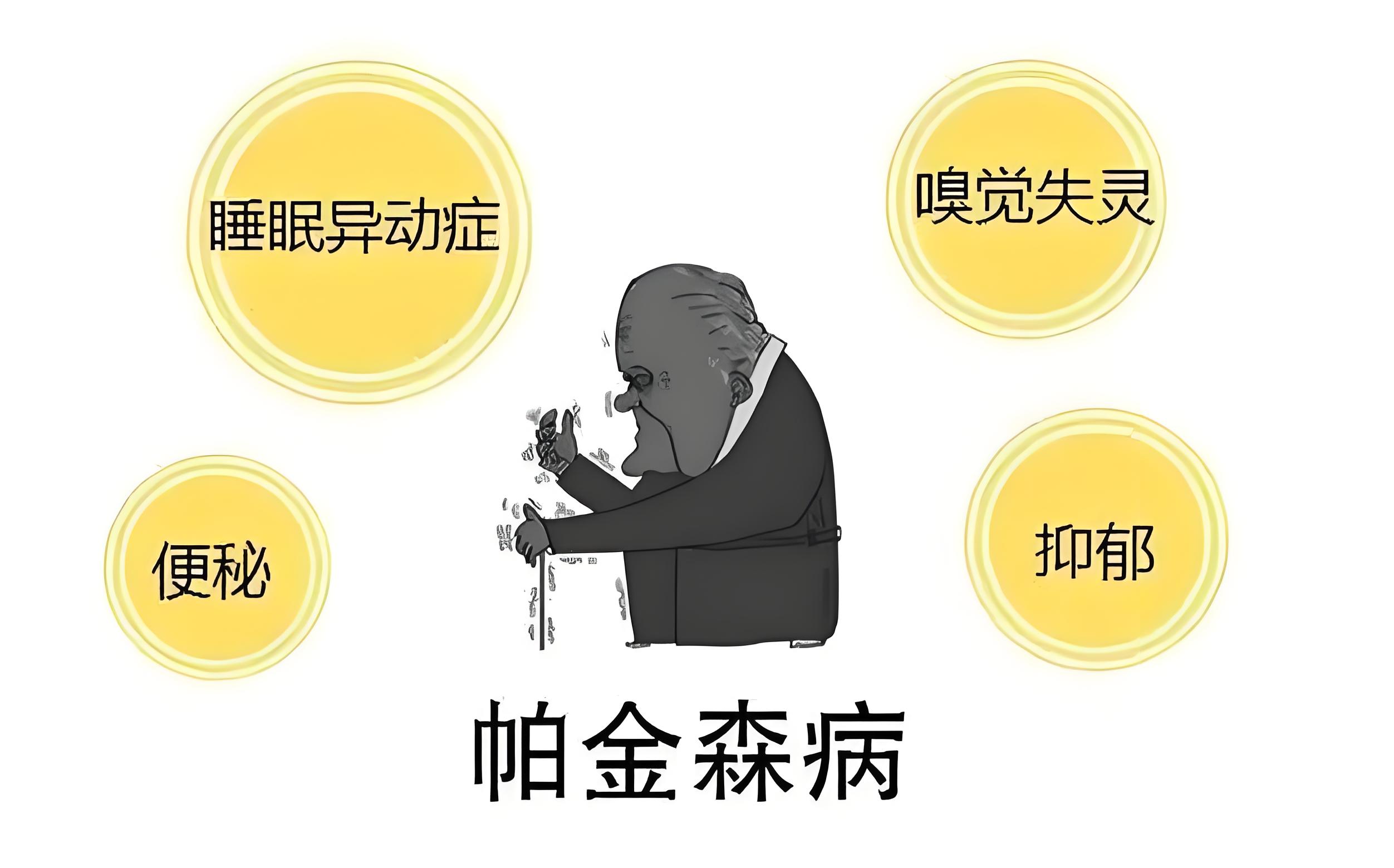科学家们可能很快就能预测癌症许多年才能被诊断为由于突破有关DNA。发现涉及所谓的微小结构称为端粒帽-生物染色体末端。他们保护DNA的染色体损伤,就像鞋带末端的帽防止磨损。当我们长大了,我们的端粒变短,导致DNA损坏和提高老年疾病如老年痴呆症的几率,糖尿病和心脏病。

较短的平均端粒被看做一种疾病和过早死亡。现在,在西北和哈佛大学说,端粒长度的变化不同的模式可以预测在实际诊断癌症多年的科学家。
他们说,是一个重要指标,迅速缩短后稳定三或四年前被诊断为癌症。这是第一次报告的“旅程”中人端粒罹患癌症多年来变化。该模式表明什么时候癌细胞的老化过程劫持,表明端粒可以看人患15岁。模式可能最终导致一个生物标志,然后血液测试来检查疾病,他们说。他们补充说,直到现在,它已经很难去了解端粒是人谁患了癌症的影响。这是因为结果是不一致的:一些研究已经表明,他们是短,有些长,有些根本显示相关。
新的研究发表在今天出版的ebiomedicine。在研究过程中,科学家把端粒多次测量在800人13年。这些人中,135最终被诊断为不同类型的癌症,包括前列腺癌,肺癌,白血病和其他皮肤。最初,科学家发现老年人更快的端粒(更快速的损失的长度表示)在人的发展但尚未确诊为癌。
在那些癌症看尽15年时间比那些谁没有患病的端粒。但是科学家发现加速老化过程中停了三到四年的癌症诊断前。了解这种模式的端粒的增长可能意味着它可以治疗癌症的生物标志物的预测,“于丽芳侯博士说,该研究的首席作者、西北大学预防医学教授。
“因为我们看到过各种各样的癌症模式的一个强有力的关系,用正确的测试,这些程序可以用于最终诊断各种癌症。”
西北和哈佛的研究被认为是看端粒长度超过某一时间点之前诊断的第一。这是重要的,研究人员说,因为癌症治疗可以缩短的端粒。治疗后,是否他们的长度已由癌症或治疗的影响。这可能解释了为什么以前的研究已很不一致,侯博士说。
“我们看到在这快速端粒缩短企稳的拐点。我们发现癌症已经劫持了端粒缩短为了身体中蓬勃发展。”细胞每分裂一次,端粒缩短。年龄越大,次数越多,每个细胞在你的身体和你的端粒较短的分。因为癌细胞的分裂和生长迅速,科学家们期望的细胞会变得这么短的它会自我毁灭。但这是不可能发生的,科学家们发现了。不知怎的,找到一个办法来阻止癌症的过程。
如果科学家们能够识别癌细胞如何劫持,侯博士说,也许可以开发治疗使癌细胞自毁而不损害健康细胞。
原文
Could scientists soon predict cancer more than a DECADE in advance? Breakthrough may pave way for new blood test for the disease
Scientists may soon be able to predict cancer many years before it is diagnosed thanks to a breakthrough relating to DNA.
The discovery relates to what are known as tiny structures called telomeres - biological caps found at the ends of chromosomes.
They protect the DNA in chromosomes from damage, much like the caps on the ends of shoelaces prevent fraying.
As we get older, our telomeres get shorter and shorter, leading to DNA becoming damaged and raising the odds of age-related illnesses such as Alzheimer's, diabetes and heart disease.
Shorter than average telomeres are seen as a sign of ill health and premature death.
Now, scientists at Northwestern and Harvard universities say a distinct pattern in the changing length of telomeres can predict cancer many years before actual diagnosis.
The crucial indicator, they say, is a rapid shortening followed by a stabilisation three or four years before cancer is diagnosed.
This is the first reported 'journey' of telomere changes over the years in people developing cancer.
The pattern suggests when exactly cancer hijacks the cell's ageing process - and shows that telomeres can look 15 years older in people developing the disease.
And the pattern could ultimately lead to to a biomarker - and then blood test - to check for the disease, they say.
They add that until now, it has been difficult to try and understand how telomeres are affected in people who develop cancer.
This is because the results have been inconsistent: some studies have found they are shorter, some longer and some show no correlation at all.
The new paper was published today in EBioMedicine.During the study, scientists took multiple measurements of telomeres over a 13-year period in 800 people.Of these people, 135 were eventually diagnosed with different types of cancer, including prostate, skin, lung, leukemia and others.
Initially, scientists discovered telomeres aged much faster (indicated by a more rapid loss of length) in people who were developing - but not yet diagnosed with - cancer.
Telomeres in those developing cancer looked as much as 15 years chronologically older than those of people who were not developing the disease.But scientists then found the accelerated aging process stopped three to four years before the cancer diagnosis.
'Understanding this pattern of telomere growth may mean it can be a predictive biomarker for cancer,' said Dr Lifang Hou, the lead study author and a professor of preventive medicine at Northwestern University.'Because we saw a strong relationship in the pattern across a wide variety of cancers, with the right testing, these procedures could be used to eventually diagnose a wide variety of cancers.'The Northwestern and Harvard study is believed to be the first to look at telomere length at more than one time point before diagnosis.
This is significant, say the researchers, because cancer treatment can shorten telomeres. After treatment, it's uncertain whether their length has been affected by the cancer or the treatment.'This likely explains why the previous studies have been so inconsistent,' said Dr Hou.
'We saw the inflection point at which rapid telomere shortening stabilises. We found cancer has hijacked the telomere shortening in order to flourish in the body.'
Telomeres shorten every time a cell divides. The older you are, the more times each cell in your body has divided and the shorter your telomeres.
Because cancer cells divide and grow rapidly, scientists would expect the cell would get so short it would self-destruct. But that's not what happens, scientists discovered. Somehow, cancer finds a way to halt that process.
If scientists can identify how cancer hijacks the cell, Dr Hou said, perhaps treatments could be developed to cause cancer cells to self-destruct without harming healthy cells.



